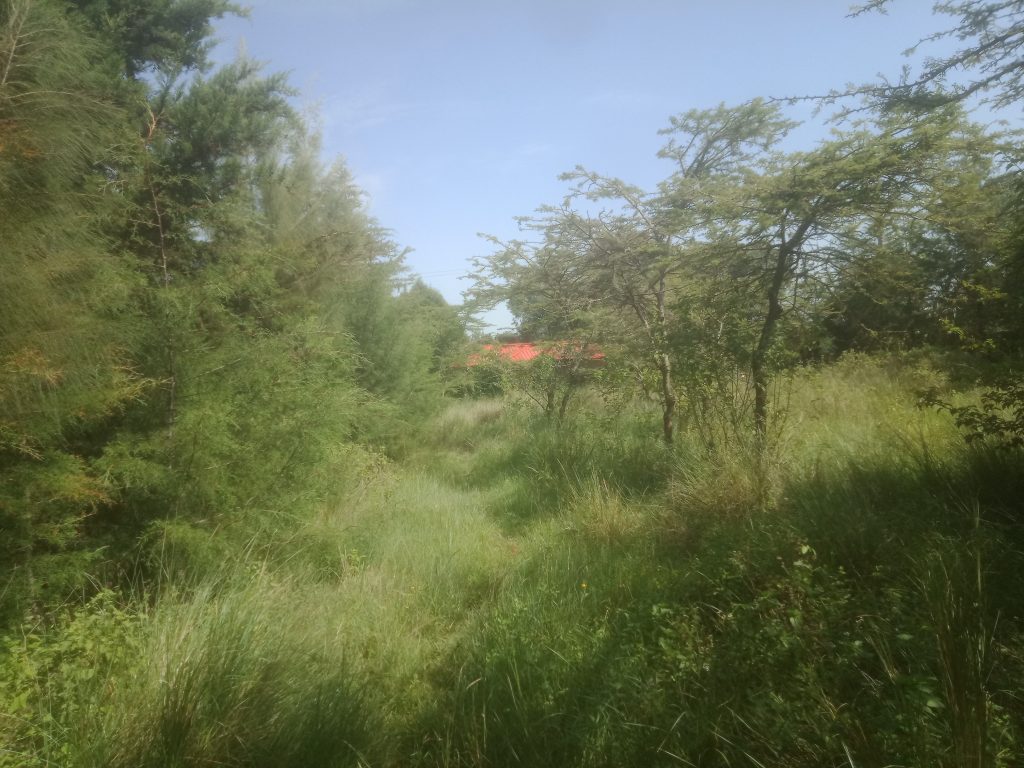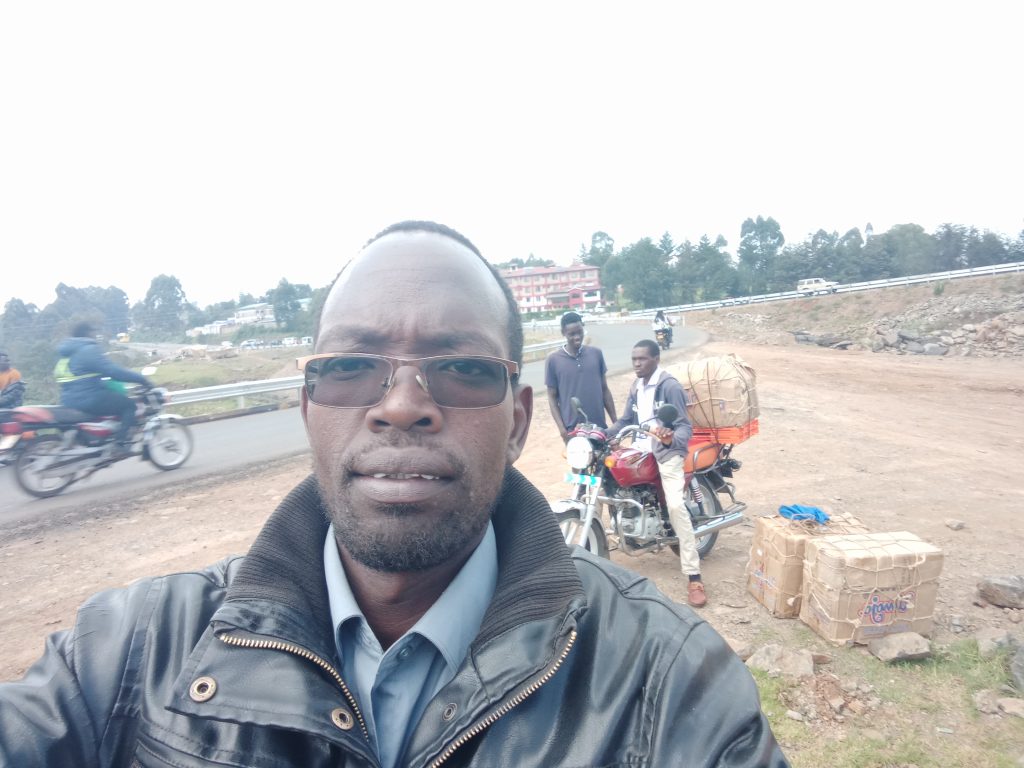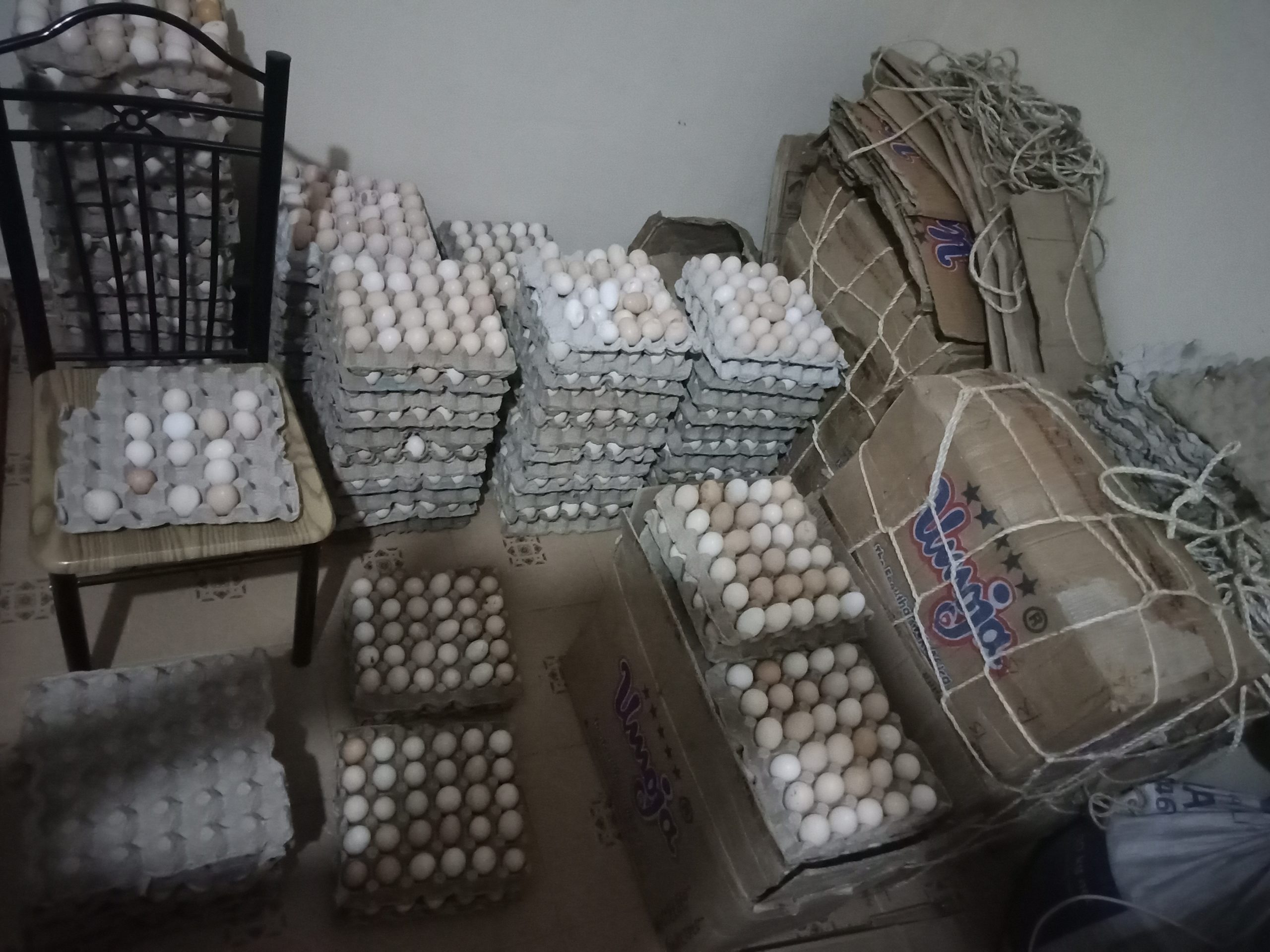Kenya’s population is largely rural – about 74% – and engages in small scale farming for food and income. Most of these farming households have less than 2 ha but in total forms more than 90% of the agriculture sector in the country. While reliable data on Kenyan smallholder activities isn’t readily available, some sources estimate 10-20% are part of formal value chains while the rest operate informally. Those operating informally face daunting challenges throughout their farming cycles and ultimately when selling their produce.

The Tanuru restart project, “Establishing Tanuru Farms plot as a site that can help champion smallholder farming productivity and profitability while promoting climate change mitigation and adaptation in south-western Kenya,” had a fairly wide scope.
Urgently, however, the project included another important objective aimed at first establishing Tanuru Farms as a healthy social enterprise that is properly set up in the market and has some minimum agro-logistics infrastructure that can help the company achieve its vision and mission.


Having accomplished setting up the critical first-mile and last-mile aspects of the Tanuru platform, there has been a recurring volatility of number of trays of eggs being sourced due to general reduction in smallholder production based on observed seasonal cycles, which were validated by the third similar period of the project. Some factors that can be attributed to these cyclical patterns include:
More importantly, these repetitive seasonal patterns makes it hard to plan around any projected numbers if Tanuru’s commercial efforts are to entirely depend on smallholder production for the long-term.
To help deal with this volatility while helping train farmers on issues like market quality standards and sustainable productivity techniques, Tanuru is set to operationalize its model farm, which has always been an action item to do in the future at the project’s Mulot plot of land.
As sourcing of eggs from smallholders in rural areas and selling operations in Nairobi are being balanced to a logistically sustainable pace, operationalizing the Mulot model farm is a means to help bring to live Tanuru’s long-term vision even at the current scale of operation!
Product strategy from the project
What is innovative about the breeds that Tanuru aims to promote to its farmers? From the company’s market experience, smallholders in the project area rear three breeds of hens (and therefore egg-types):
1
Smallholder Breeds
2
Improved Breeds
3
Farmer-improved
Tanuru’s Selection


Understanding the dynamics of Kenya’s poultry sector through the restart project has been insightful to Tanuru’s intervention design.
For smallholders with the hardy but less productive indigenous chickens on their farms, market access, and costs of input as well as agronomic skills determine a given farmer’s confidence to invest in better farm facilities and poultry management that can improve their market access.